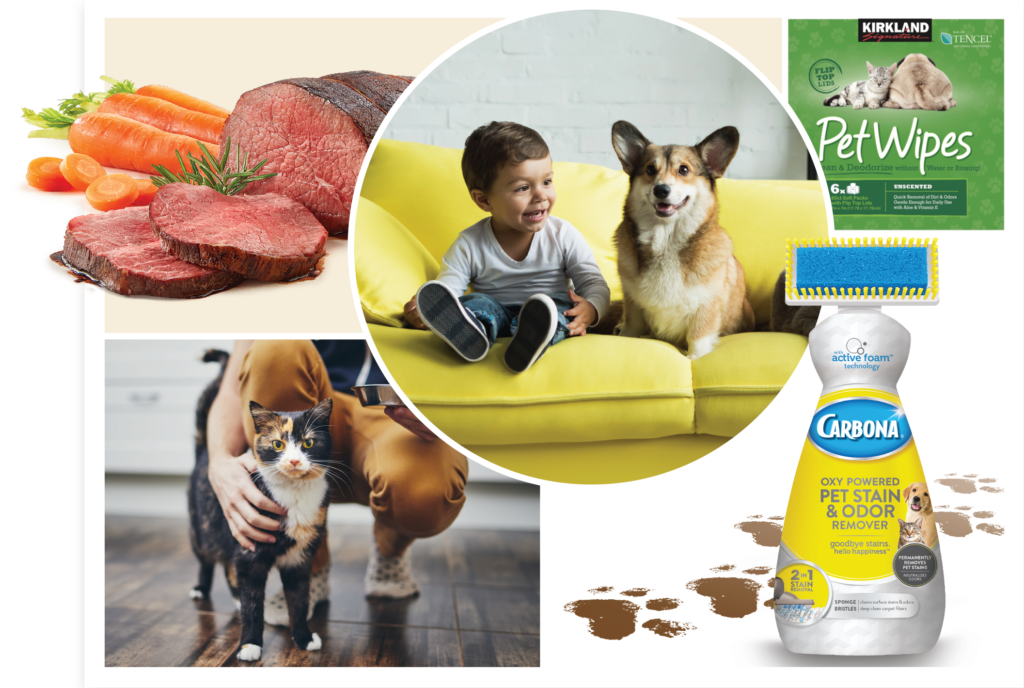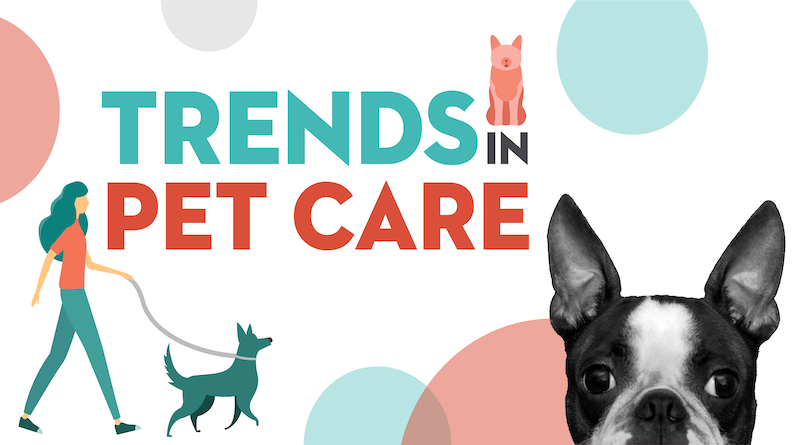Already a booming category, the sharp rise in pet ownership during the pandemic pushed demand for pet care, products and services to new highs. The American Pet Product Association estimates that Americans spent an astounding $100 billion on their pets in 2020 alone. While pet services like grooming, training, vet care and even insurance are being disrupted by tech-enabled challenger brands, the consumer goods category is also experiencing unprecedented innovation.
Millennials in particular are leading a new generation of pet owners who view, treat and shop for pets as “part of the family.” This means not only higher spending but also higher standards. Younger pet owners are now more likely to shop for their pets along the same value lines they shop for themselves, prizing attributes like sustainability, transparency and brand purpose.
“Americans spent an astounding $100 billion on their pets in 2020 alone.”
American Pet Products Association
Sustainability in particular is a growing trend in pet care. While pet food has long used animal byproducts, more food and treat companies are now finding inventive ways to upcycle ingredients from the human food chain. Utilizing things like shells, bones and fruit pulp provides added nutrition to pets and helps to cut down on food waste. Beyond upcycling, consumers are beginning to demand greater transparency in ingredient sourcing, especially as it relates to supplier’s environmental practices.

In addition to food and treats, we’re seeing pet accessories like leashes, toys and bedding get sustainable makeovers as well, from plastic-free offerings to those using recycled, natural or biodegradable materials. Of course, any conversation around sustainability must also take packaging into account. Innovations in packaging allow brands who opt for greener materials new opportunities to reduce their footprint, especially when paired with ample communication that ensures consumers are educated on how to best recycle packaging when they’re finished with it.

When designing brands for pet owners, it’s equally important to be mindful of the new retail landscape. Many premium pet brands that have launched in the past 5 years have done so exclusively online, favoring a DTC model. These digitally native brands offered new standards of experience, convenience and personalization. In the mass channel, the runaway success of sites like Chewy.com have helped traditional brick & mortar shoppers acclimate to online shopping. To keep pace with new and innovative brands, and to ensure success as more pet owners shop primarily though ecommerce, pet brands must ensure that their brand presence and packaging are optimized for the digital experience.
In the thriving pet care industry, brands have an unprecedented opportunity to create delightful and innovative experiences. Tapping into the needs and wants of the new consumer and moving quickly to meet them will help brands of all sizes lead the pack.

